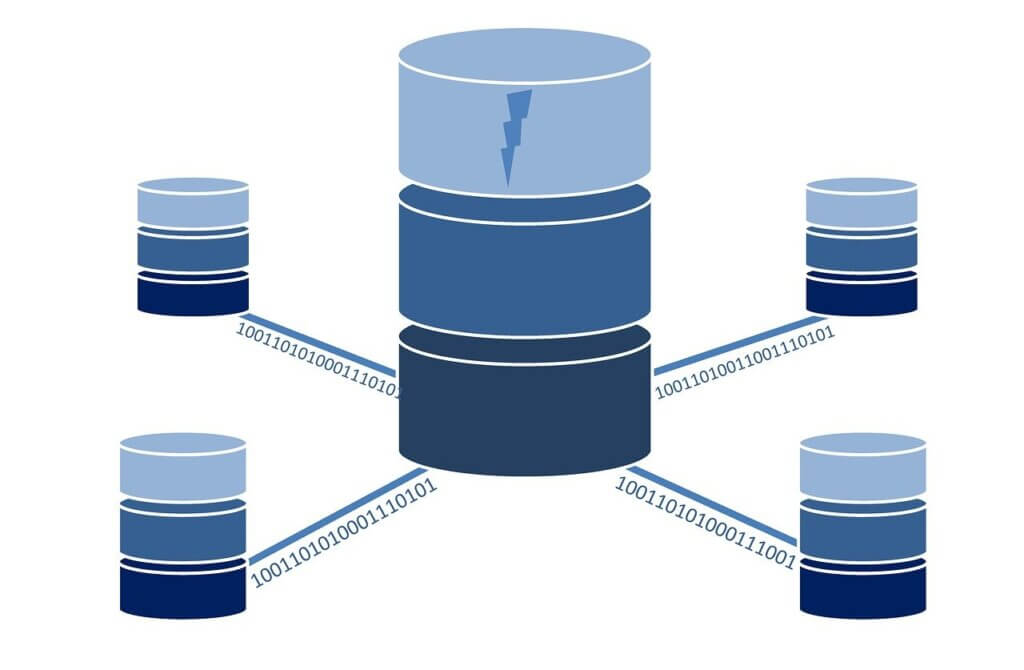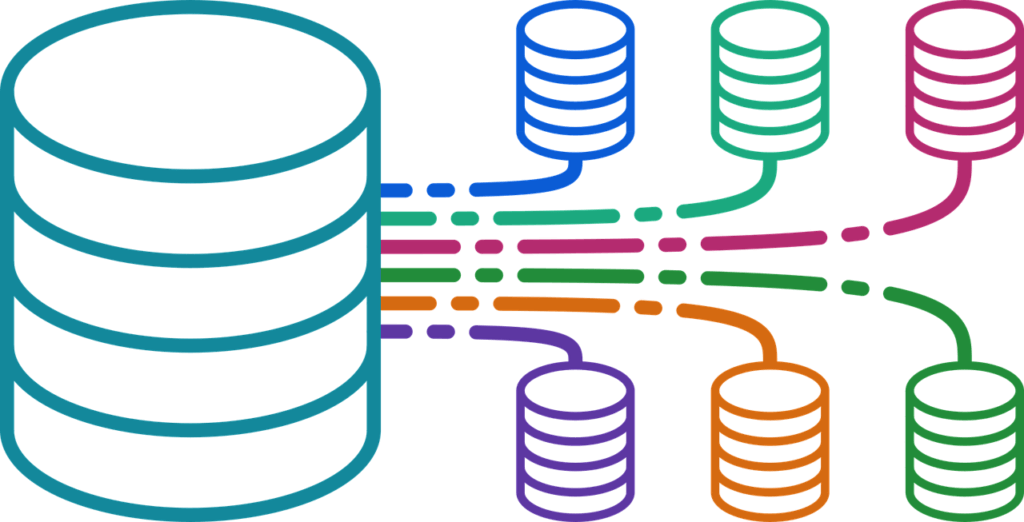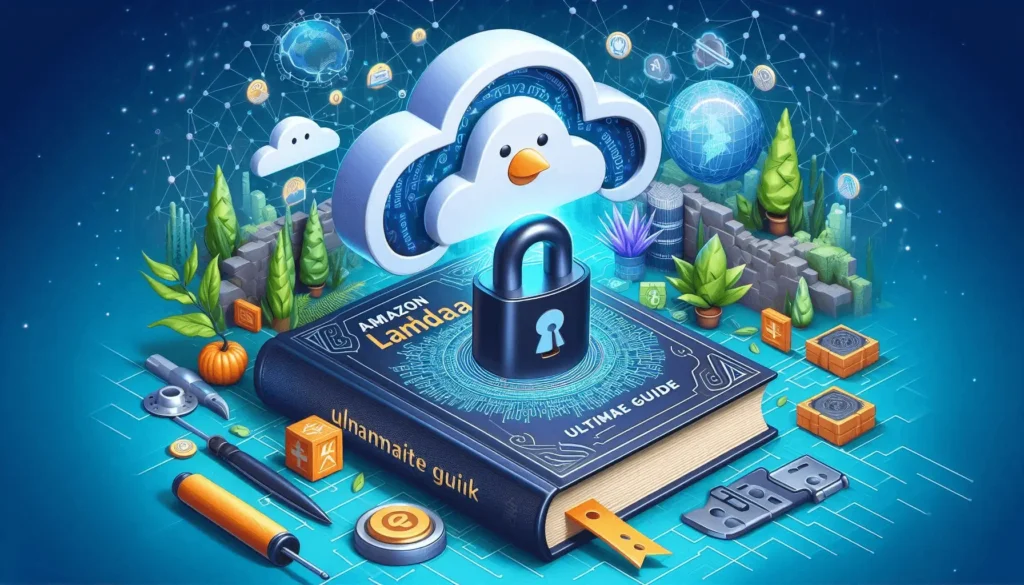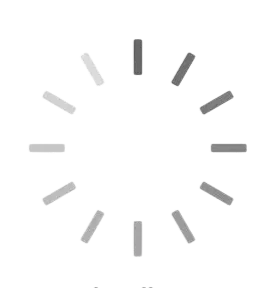In the ever-evolving landscape of technology, databases play a pivotal role in storing, managing, and retrieving vast amounts of data efficiently. From traditional relational databases to cutting-edge distributed systems, the realm of databases offers a diverse array of options for tech enthusiasts to explore. In this article, we’ll delve into the various types of databases, their characteristics, and their applications in the modern tech ecosystem.
Table of Contents
ToggleIntroduction
Databases serve as the backbone of virtually every digital application and system, facilitating data storage, organization, and retrieval. Whether it’s a social media platform handling millions of user profiles or a financial institution managing transaction records, databases underpin the functionality of countless technological endeavors.
Types of Databases
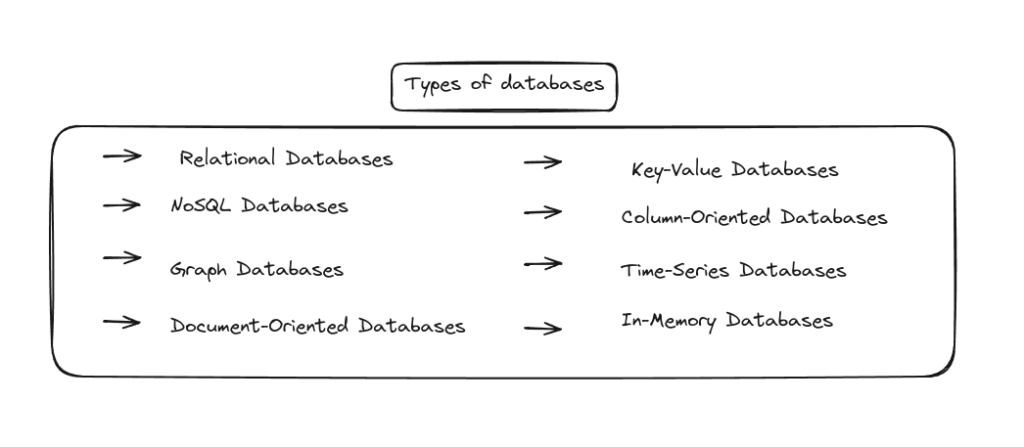
Relational Databases
Relational databases, based on the relational model of data, are perhaps the most widely used type of database in the industry. Examples include MySQL, PostgreSQL, and Oracle Database. They organize data into tables with rows and columns, enforcing relationships between entities through foreign keys. While relational databases excel in ensuring data integrity and consistency, they may face scalability challenges in highly dynamic environments.
NoSQL Databases
NoSQL databases, as the name suggests, depart from the rigid structure of relational databases by offering more flexibility in data modeling. They encompass various types, including document-oriented, key-value, column-oriented, and graph-based databases. NoSQL databases are favored for their ability to handle unstructured and semi-structured data efficiently, making them suitable for use cases such as real-time analytics and content management systems.
Graph Databases
Graph databases are designed to represent and query relationships between data points, making them ideal for scenarios involving complex interconnections. Unlike relational databases, which rely on join operations, graph databases leverage graph structures to traverse relationships efficiently. Applications range from social networks and recommendation engines to fraud detection and network analysis.
Document-Oriented Databases
Document-oriented databases store data in flexible, JSON-like documents, allowing for dynamic schema evolution. MongoDB and Couchbase are popular examples of document-oriented databases. They excel in scenarios where data is inherently hierarchical or varies in structure, such as content management systems, e-commerce platforms, and mobile app backends.
Key-Value Databases
Key-value databases offer a simple yet powerful data model, storing data as key-value pairs. Redis and Amazon DynamoDB are prominent key-value database systems. They are prized for their high throughput and low latency, making them well-suited for caching, session management, and real-time analytics.
Column-Oriented Databases
Column-oriented databases organize data by column rather than by row, enabling efficient storage and retrieval of columnar data. Apache Cassandra and Google Bigtable are examples of column-oriented databases. They excel in use cases involving heavy read and write workloads, such as time-series data storage and analytics.
Time-Series Databases
Time-series databases specialize in handling data points indexed by time, making them ideal for applications that rely on chronological data analysis. InfluxDB and Prometheus are popular time-series database solutions. They find use in monitoring systems, IoT platforms, and financial trading applications.
In-Memory Databases
In-memory databases store data in main memory rather than on disk, resulting in significantly faster data access speeds. Redis and Memcached are prominent examples of in-memory database systems. They are well-suited for caching, session management, and real-time analytics, where low latency is critical.
NewSQL Databases
NewSQL databases aim to combine the scalability of NoSQL systems with the ACID compliance of traditional relational databases. Spanner by Google and CockroachDB are notable examples of NewSQL databases. They are gaining traction in scenarios requiring horizontal scalability and strong consistency guarantees, such as global-scale applications and distributed systems.
Distributed Databases
Distributed databases span multiple nodes across a network, offering scalability and fault tolerance. Examples include Apache HBase and Amazon Aurora. They are favored for large-scale applications requiring high availability and resilience against node failures, such as cloud-native applications and big data processing systems.
Hybrid Databases
Hybrid databases blend different database models to cater to diverse use cases and workload patterns. They offer the flexibility to leverage the strengths of multiple database paradigms within a single system. Hybrid databases find application in scenarios where data requirements are heterogeneous or evolving, enabling efficient data management and optimization.
Choosing the Right Database
Selecting the appropriate database technology entails considering factors such as data volume, velocity, variety, and veracity. It’s essential to align database choices with specific use cases, ensuring optimal performance, scalability, and data consistency. By understanding the strengths and limitations of different database types, tech enthusiasts can make informed decisions to meet the demands of modern applications and systems.
Future Trends in Databases
Looking ahead, the future of databases promises exciting developments driven by emerging technologies such as blockchain, quantum computing, and artificial intelligence. Blockchain databases offer immutable and transparent data storage, revolutionizing trust-based transactions and decentralized applications. Quantum databases leverage quantum computing principles to process vast amounts of data at unprecedented speeds, opening new frontiers in data analysis and cryptography. AI-driven databases utilize machine learning algorithms to optimize query performance, automate database management tasks, and uncover actionable insights from data.
Conclusion
In conclusion, databases constitute the foundation of modern technology, enabling efficient data management and analysis across diverse domains. From relational databases to cutting-edge distributed systems, the landscape of databases offers a spectrum of options to address the evolving needs of applications and systems. By exploring the different types of databases and their applications, tech enthusiasts can deepen their understanding of database technology and contribute to the advancement of the digital ecosystem.
FAQs
1. What are the key factors to consider when choosing a database for a project?
- Answer: When selecting a database, factors such as data structure, scalability, performance, consistency, and availability should be carefully evaluated to ensure compatibility with project requirements and objectives.
2. How does NoSQL differ from traditional relational databases?
- Answer: NoSQL databases offer greater flexibility in data modeling and scalability compared to relational databases, making them well-suited for handling unstructured and semi-structured data in distributed environments.
3. What are the advantages of in-memory databases over disk-based databases?
- Answer: In-memory databases offer significantly faster data access speeds compared to disk-based databases, making them ideal for use cases requiring low latency and high throughput, such as real-time analytics and caching.
4. How do hybrid databases address the challenges of heterogeneous data requirements?
- Answer: Hybrid databases integrate multiple database models to accommodate diverse data types and workload patterns, providing the flexibility to leverage the strengths of different paradigms within a unified system.
5. What are some emerging trends in database technology?
- Answer: Emerging trends in database technology include blockchain databases for decentralized applications, quantum databases for ultra-fast data processing, and AI-driven databases for intelligent query optimization and insights generation.
This comprehensive overview of databases serves as a roadmap for tech enthusiasts to navigate the dynamic landscape of data management and harness the power of databases to drive innovation and progress.
Do you like to read more Blog content? Read our blogs at PintoraBlogs

